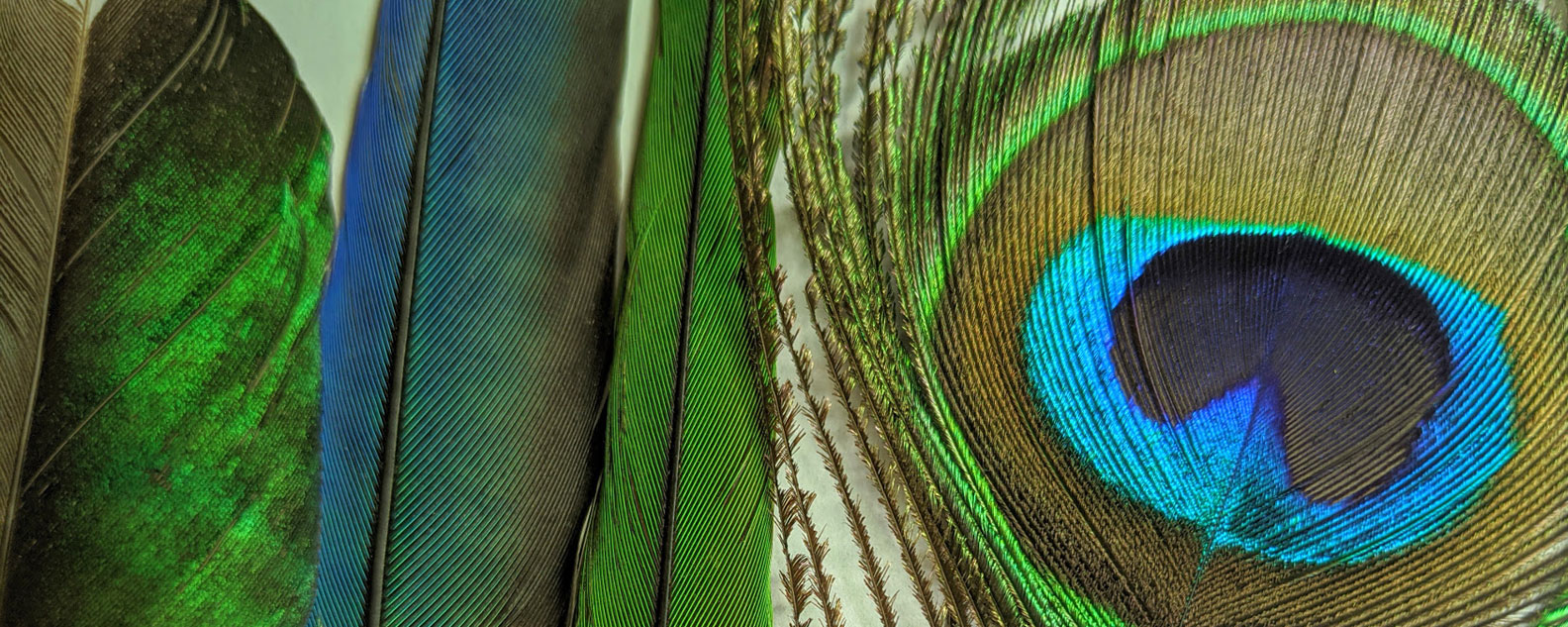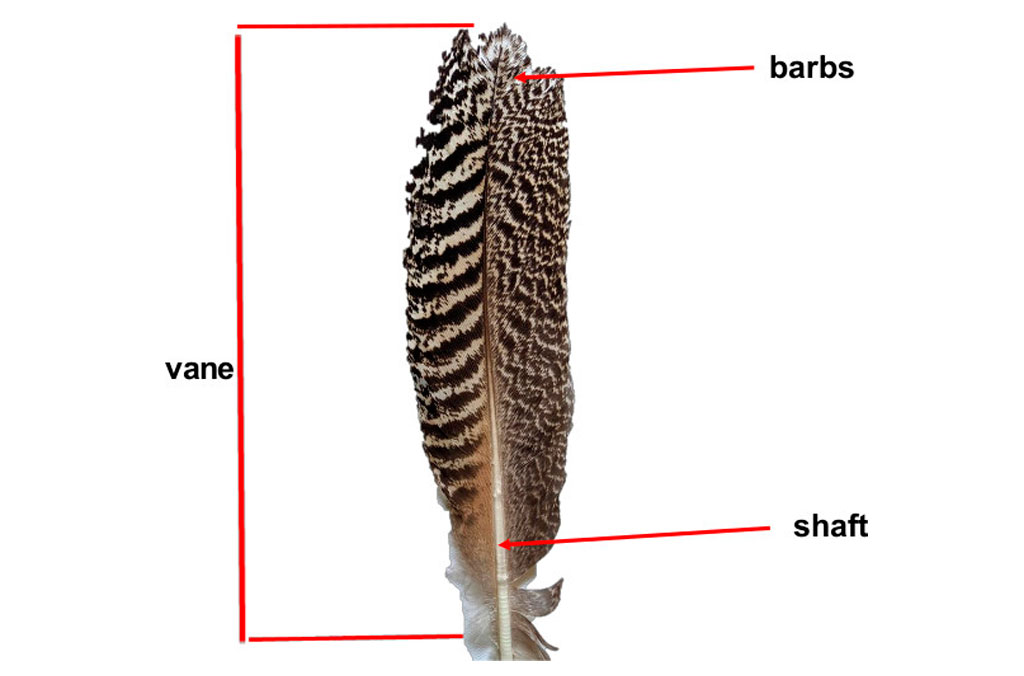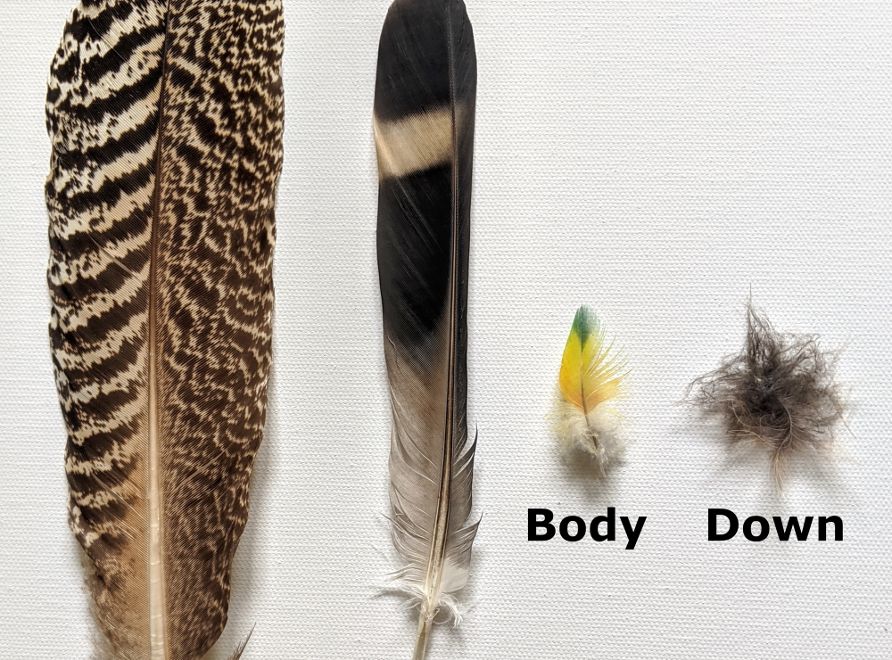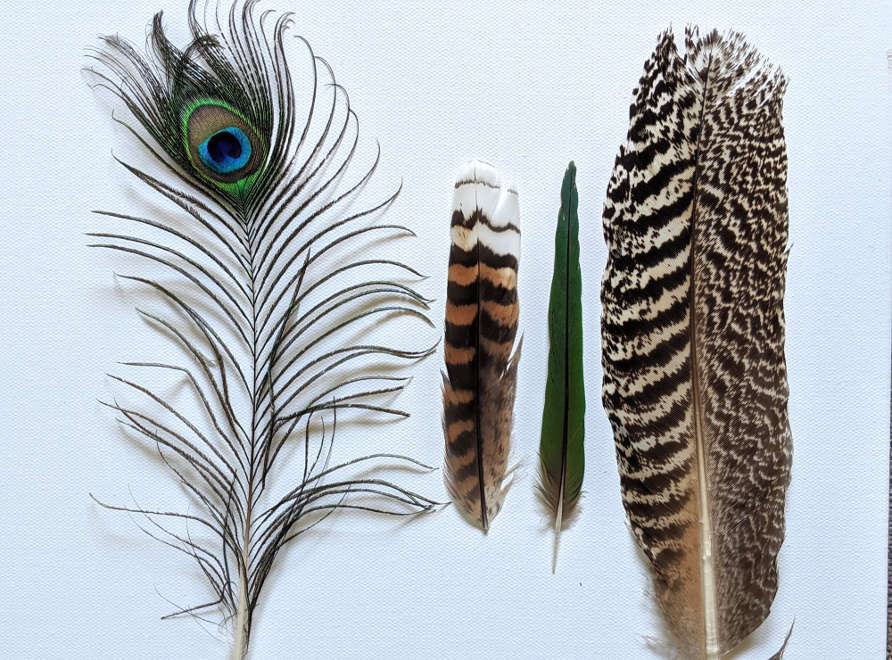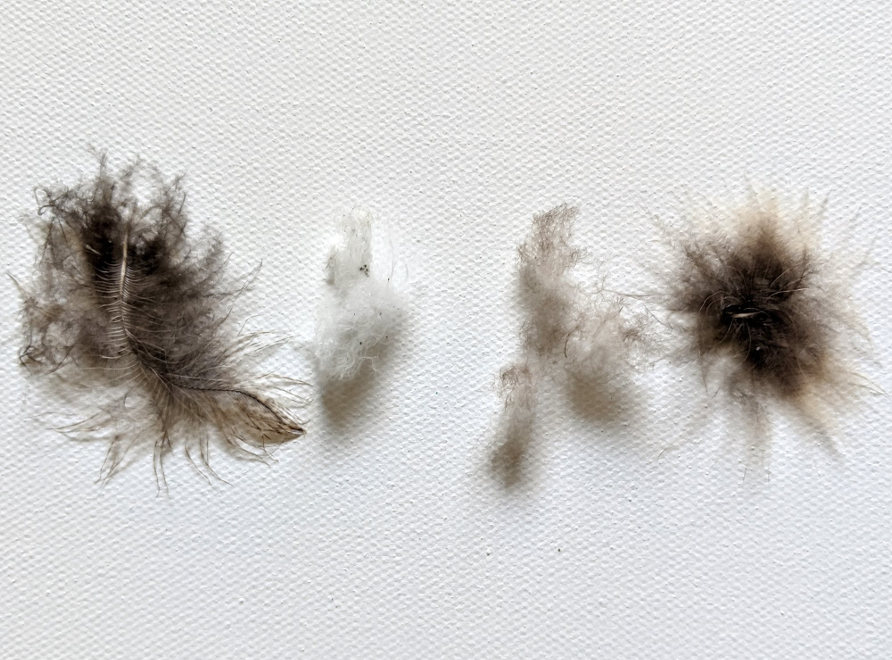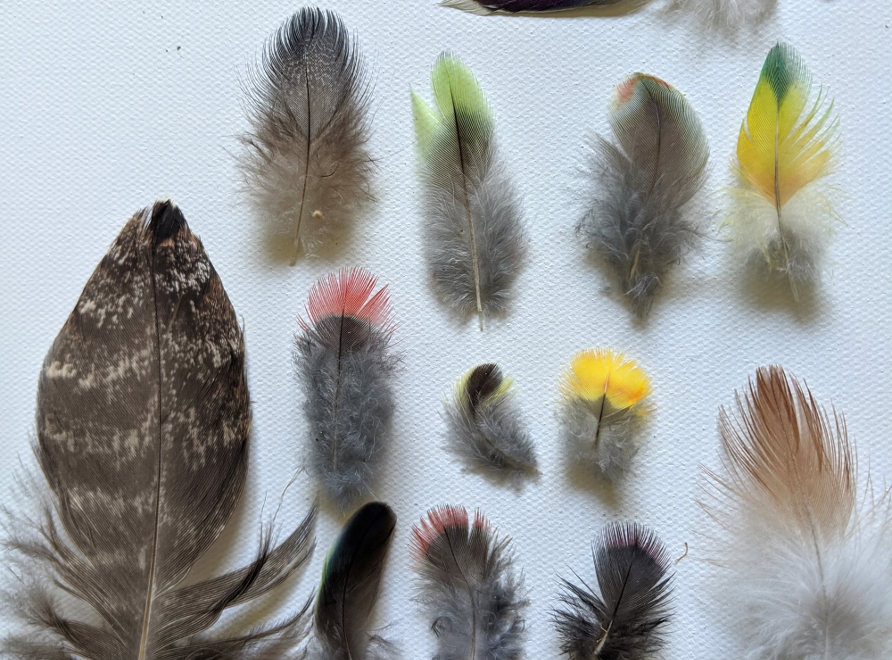Smooth feathers mean smooth flying!
Birds will comb their feathers with their beaks to make sure their barbs are zipped up and their feathers are smooth and clean so they can fly well. This is called preening.
Remember Steve the Kookaburra? Even he knows that smooth feathers = smooth flying.
Watch this video to learn more about the barbs of a feather
Preening is a bird's way of staying clean
Watch how a bird preens its feathers.
Water running off a Coot's back
Feathers don’t just help birds keep warm, they also keep them dry. This is important when you live outside and don’t have an umbrella. If the water soaks through their feathers and down to their skin, birds have trouble flying and will get too cold.
To make sure water just rolls off them, they waterproof their feathers with oil from a gland near their tail. They spread the oil with their beaks when they preen their feathers. Oil and water don’t like each other, and they don’t mix together, so the water just runs off.
Some birds have feathers that soak up water!
Ever seen a waterbird sitting with its wings out? That’s because their feathers aren’t fully waterproof. It seems strange, but birds like cormorants and darters eat fish and need to swim underwater. They let their feathers soak up water and squash out air bubbles so they can become heavy enough to dive down. They then must sit in the sun and dry their feathers so they don’t get too cold.
Feathers are great for self-defence!
Feathers are also used for self-defence (no that doesn’t mean karate chops!). The colours and patterns on feathers can help birds blend in with their environment and hide from danger (camouflage).
Birds that are grey, brown, olive and black can blend into trees and shrubs easily. Spots and stripes can also help them blend into the leaves, sticks and rocks on the ground.
How good are your bird detective skills?
Can you spot the bird?
Can you spot the bird?
Feathers keep the Kookaburra safe!
Steve the Kookaburra might not be very clever, but his feathers are!

Activities: Fantastic feathers
1. Go on a feather hunt
Can you find all four types of feather: a down, a body, a wing and a tail feather? Use the ID chart to help. Can you work out which birds they came from?
2. Play pin the feather on the bird!
Draw a diagram of a bird.
Stick the feathers you found in the correct spot on the bird.
Label the bird parts and types of feathers so you can show and teach your family.
3. Create a nature artwork
Find leaves that look like each type of feather, can you make a bird artwork using only things from nature?
4. Conduct a feather investigation
Find a nice-looking tail or wing feather. Draw a picture of it.
What does it feel like?
Can you pull apart the barbs and zip it back up so it is nice and smooth?
Put it under a dripping tap. What happens? What does the water do? Draw what you see.
How does the feather look and feel now? Do you think the bird could still fly?
Wash your feather in a bowl of soapy water. What happens? Draw what it looks like now.
How does the feather look and feel? Do you think the bird could still fly?
What do you think you washed off the feather? How does preening help birds? Do you think it is important?
